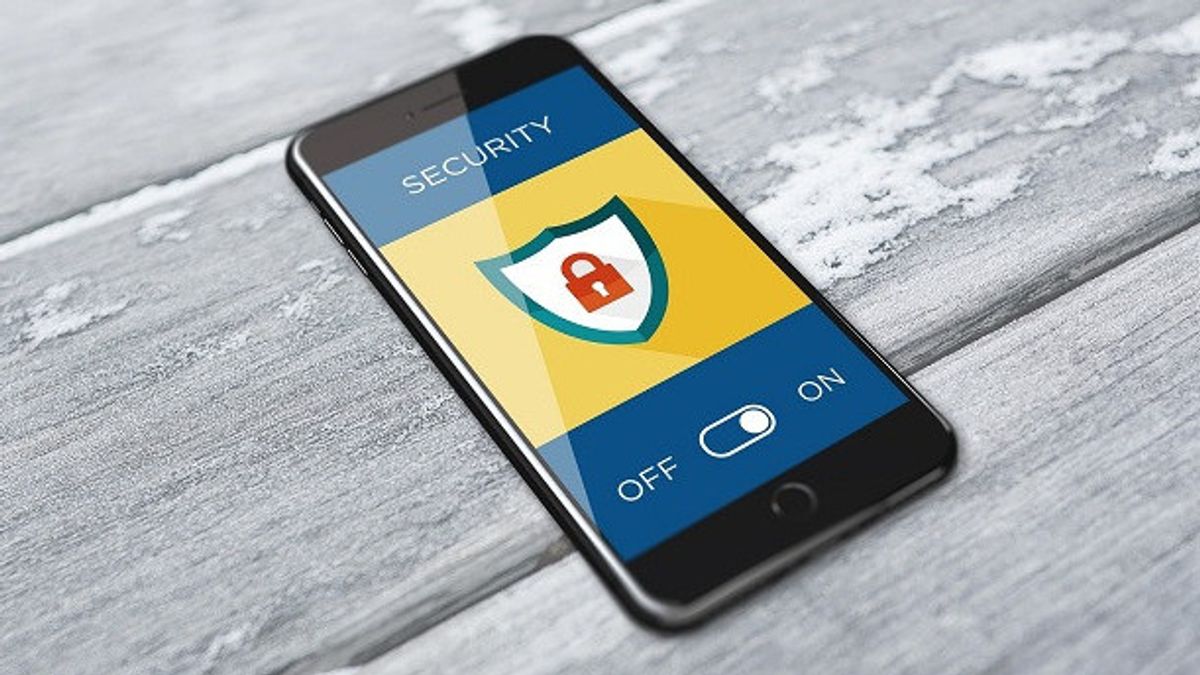JAKARTA - Cybercriminals are increasingly making it easier to spread viruses, spyware or other malware infections, because smartphones are currently widely used by users as the main source of online access.
Users usually have equipped their phones with antivirals as the first preventive measure, but the best antivirals sometimes can't protect 100 percent.
Therefore, users themselves must know how to detect whether their phone is safe from malware attacks or not. Check out the method below.
1. Non-Walking Phones Smooth as usual
One of the biggest signs your mobile device is infected with malware is how it works. For example, if your phone battery suddenly runs out. But this can't always be linked, try updating your phone's software program, pay attention to device age, or whether your phone has too much storage used by multiple apps or photos.
However, if your phone is still running out of battery after solving the problem, it could be malware. Especially if you have a bad connection or a call that is often disconnected even though you are using a reliable network. Malware can also cause your phone to heat up because it is secretly in the background.
2. There is an Not Known Program
Not a few malware will download the app onto your mobile device without realizing it. Some of this program may be harmless while others could be spyware to track what you do, collect contacts and other personal information or monitor your location.
It's best to check the app that you download regularly to see if there's anything suspicious. Also pay attention to applications that you usually don't use.
3. Improved Phone Bill
Since malware is truly cunning, one sign that you are infected can be found in your phone bill. If your monthly bill goes up, check your bill to see if there's a new bill for in-app purchases or for downloads of a new program that you don't authorize.
Also look for premium fees, roasting, or international text. Usually, cybercriminals use this feature to send information gathered about you to unknown sources.
4. Advertising
You may start seeing the unusual amount of your favorite ads. For example, many free apps use ads to pay for their programs, but usually don't appear at certain usage times. If you look at this annoying deal more, it could be malware.
It should be noted, many ads are designed to direct you to malicious websites, and ask you to download threat files.
To prevent this, turn off your phone because it usually removes ads and closes the app you are using so you can explore your phone normally. Once you have control over your mobile device, it's time to clean up with the antiviral.
5. Locked File
It does not rule out the possibility of ransomware stalking your phone. If you find your important file locked without asking for permission first, it means that the file has been taken over by ransomware actors. Usually they ask for a ransom to give the file a key, and it's not uncommon for them to cheat you.
Before this happens, it's best to back up important files and images on your phone. If infected, you have to reset your phone to the factory settings. Don't worry, because you still have all the information you have with file backups. This was quoted from TechRadar, Tuesday, October 18.
The English, Chinese, Japanese, Arabic, and French versions are automatically generated by the AI. So there may still be inaccuracies in translating, please always see Indonesian as our main language. (system supported by DigitalSiber.id)









